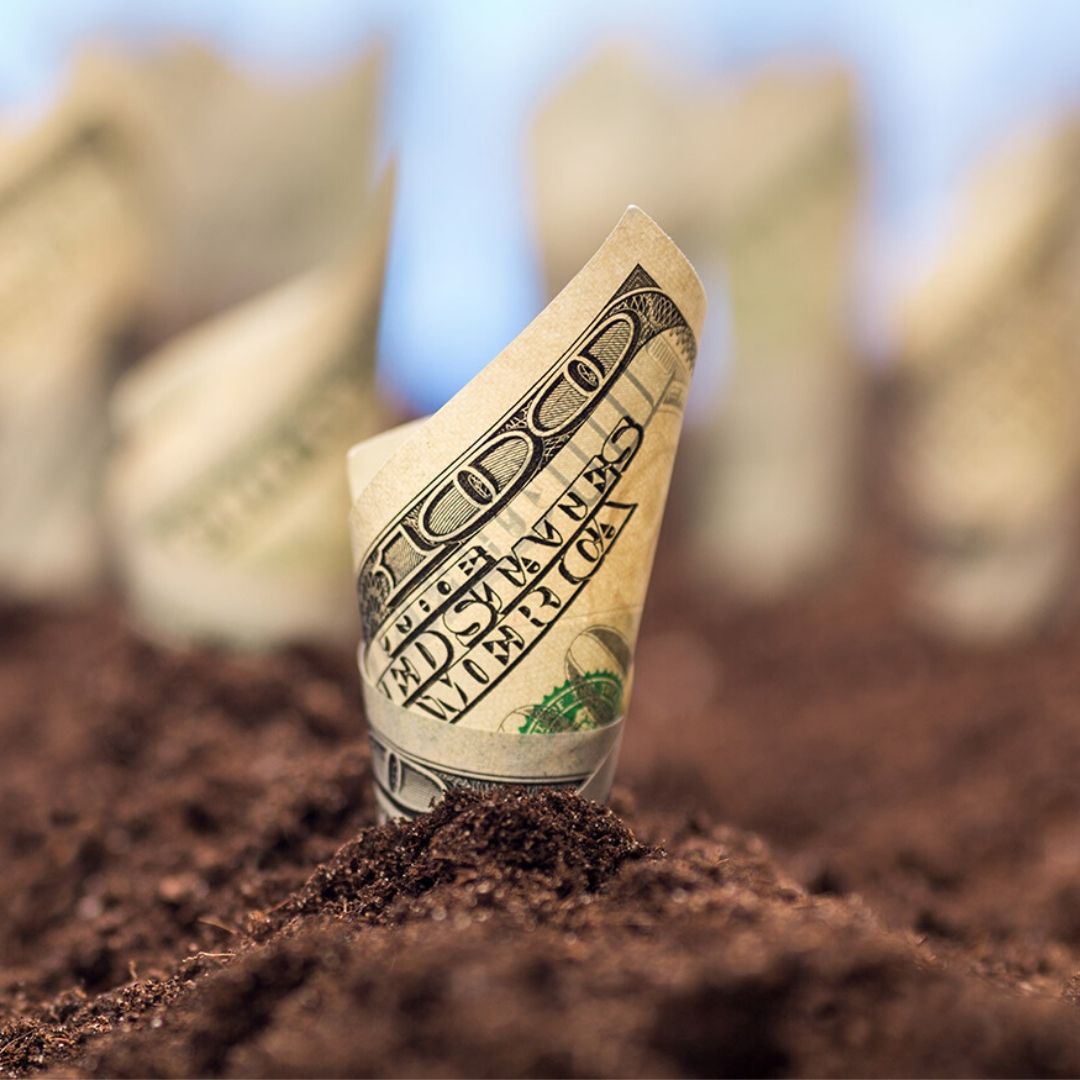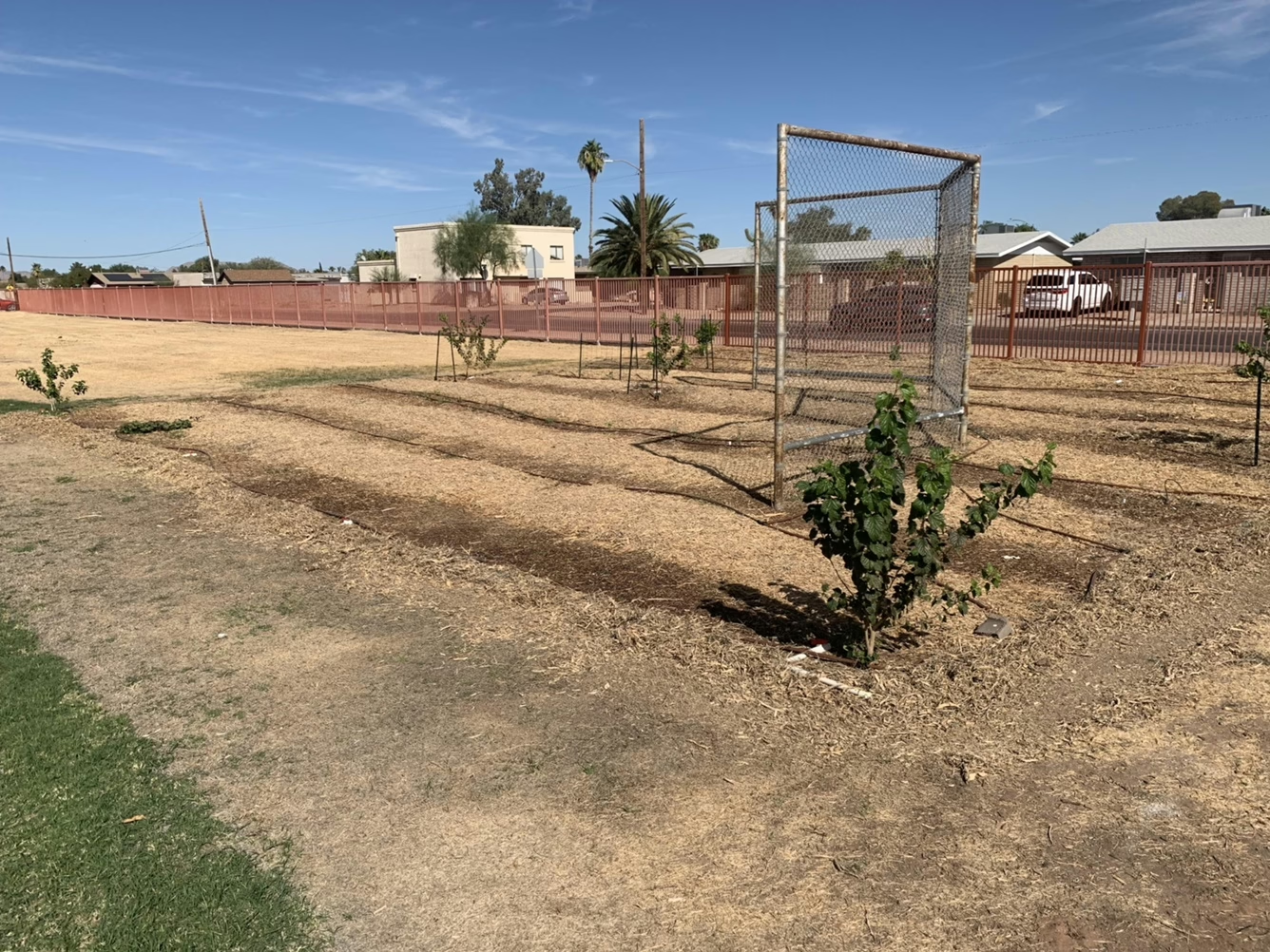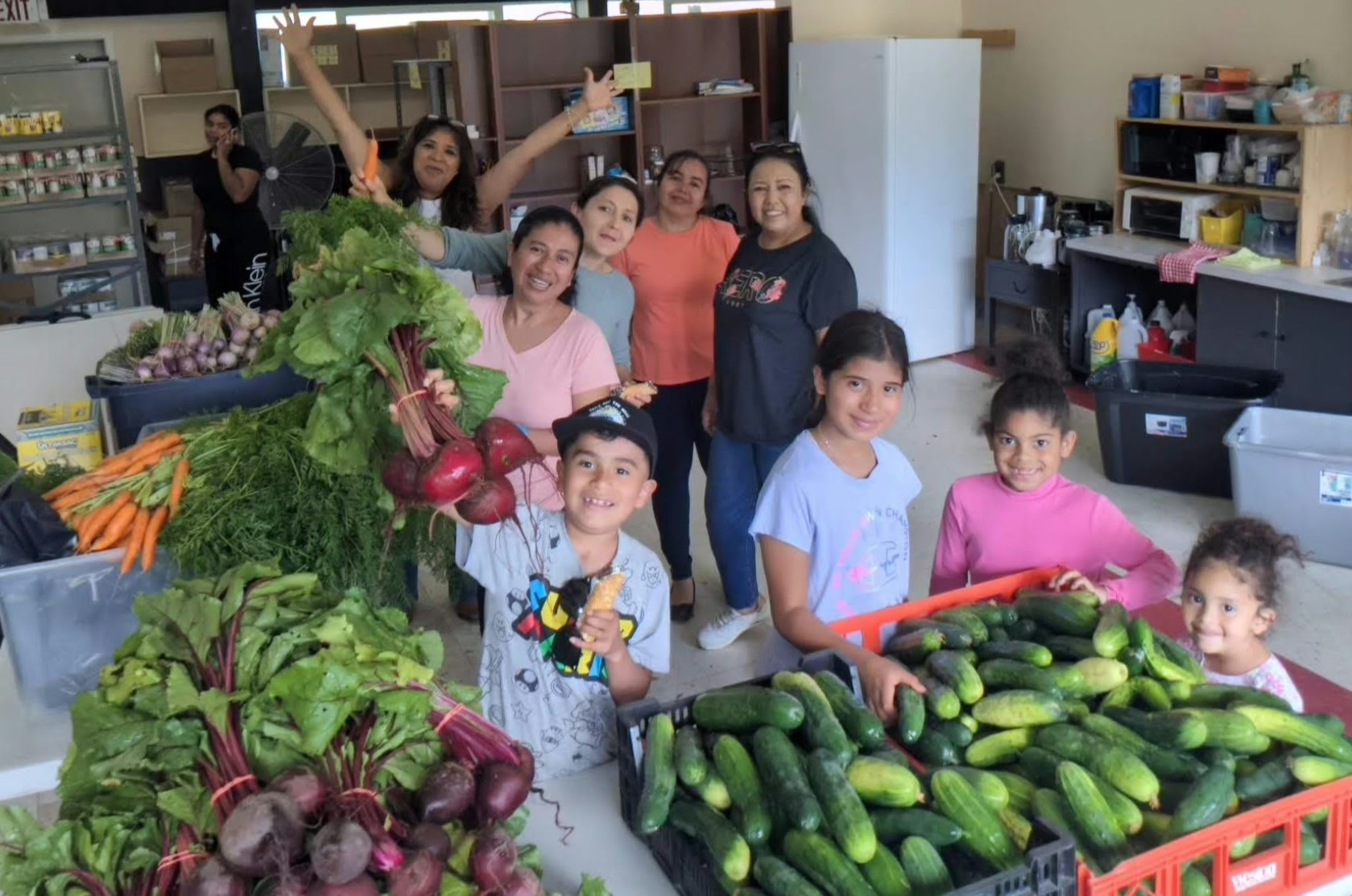Introduction
Have you ever considered growing broccoli in your home garden or community garden plot? It’s a rewarding experience that’s easier than you might think. Homegrown broccoli is not just about the unbeatable freshness and flavor; it’s also about the satisfaction of nurturing a plant from a tiny seed into a flourishing vegetable. Plus, it’s a fantastic way to ensure you’re getting nutrient-rich food straight from your backyard. So, are you ready to roll up your sleeves and start growing? Let’s get into the nitty-gritty of growing broccoli!
Section 1: All About Broccoli
Broccoli, the green powerhouse, is a member of the Brassica family, which includes kale, cabbage, and Brussels sprouts. Originating from the Mediterranean, it has been a staple in our diets since the Roman Empire. This superfood is packed with vitamins C, K, and A, fiber, and a host of other nutrients. It’s a low-calorie food that supports healthy digestion and has antioxidant properties.
When it comes to culinary uses, broccoli is incredibly versatile. It can be enjoyed raw in salads, steamed as a side dish, roasted for a delicious crunch, or pureed into soups. It’s a key ingredient in many stir-fry dishes and can even be turned into a healthy, tasty snack when baked into broccoli tots. The possibilities are endless!

Section 2: Planting Your Broccoli
Broccoli prefers cooler weather, making early spring or late summer the ideal times for planting. It’s a sun-loving plant, so choose a location that gets at least six hours of sunlight each day. The soil should be well-draining and rich in organic matter, with a slightly acidic pH.
You can start growing broccoli by planting seeds directly in your garden or starting them indoors. If you’re starting indoors, sow your seeds in biodegradable pots about half an inch deep, 3 inches apart, around 4-6 weeks before the last spring frost date. Once the seedlings have grown to about 2-3 inches tall and have at least two sets of true leaves, they’re ready to be transplanted outdoors.
When transplanting, space the plants about 18 inches apart to give them room to grow. Broccoli plants can get quite large, so they need plenty of space to spread out. Remember to water them thoroughly after transplanting to help them settle in their new home.
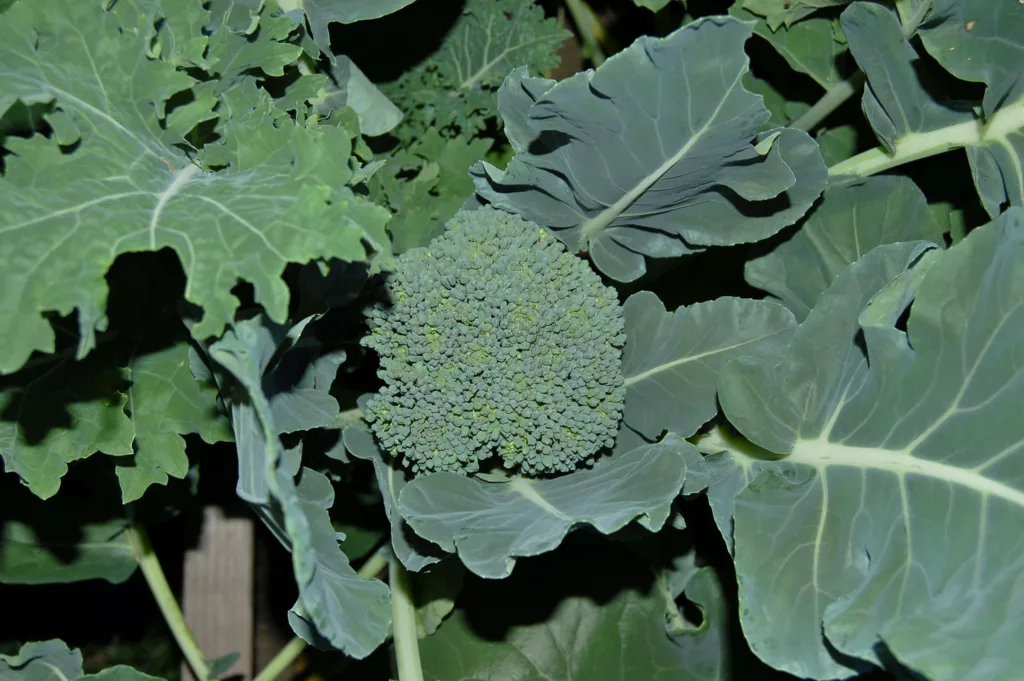
Section 3: Caring for Your Broccoli Plants
Broccoli plants need consistent care to produce their best. Regular watering is crucial, especially during dry spells. Aim to provide 1 to 1.5 inches of water per week, either through rainfall or supplemental watering. However, avoid watering the heads directly to prevent rot.
Feeding your broccoli plants is also essential. A balanced organic vegetable or all-purpose fertilizer applied according to package instructions should do the trick. Regular applications of compost or well-rotted manure can also provide a steady supply of nutrients.
Mulching around your broccoli plants can help retain soil moisture, suppress weeds, and keep the root system cool. Organic mulches like straw, grass clippings, or shredded leaves are excellent choices.
Section 4: Troubleshooting Common Issues
Like any plant, broccoli can encounter a few problems. The most common pests are cabbage worms, aphids, and flea beetles. If you notice small holes in the leaves or a gray or white film, you might have a pest problem. A strong blast of water can dislodge aphids, while organic insecticidal soap can help with more severe infestations. Introducing beneficial insects like ladybugs and praying mantises can also help keep pests in check.
Diseases such as clubroot, black rot, and downy mildew can affect broccoli. Proper crop rotation and sanitation practices can prevent many of these issues. If a plant does become infected, it’s best to remove and dispose of it away from the garden to prevent the disease from spreading.
Nutrient deficiencies can also occur. Yellowing leaves might indicate a lack of nitrogen, while purple-tinged leaves could suggest a phosphorus deficiency. Regular soil testing can help you identify and correct any nutrient imbalances.
Section 5: Harvesting Your Broccoli
The moment of truth in your broccoli-growing journey is the harvest. You’ll know it’s time to harvest when the broccoli head is fully developed but before the yellow flowers start to bloom. The head should be firm and tight, and the buds should be dark green.
To harvest, use a sharp knife to cut the main stem about 5-6 inches below the head. Be sure to leave some of the stem attached to support any side shoots that may develop. Yes, that’s right! Even after you’ve harvested the main head, your broccoli plant can continue to produce smaller side shoots for several weeks.
After harvesting, you can store your fresh broccoli in the refrigerator for up to two weeks. For longer storage, you can blanch and freeze it.
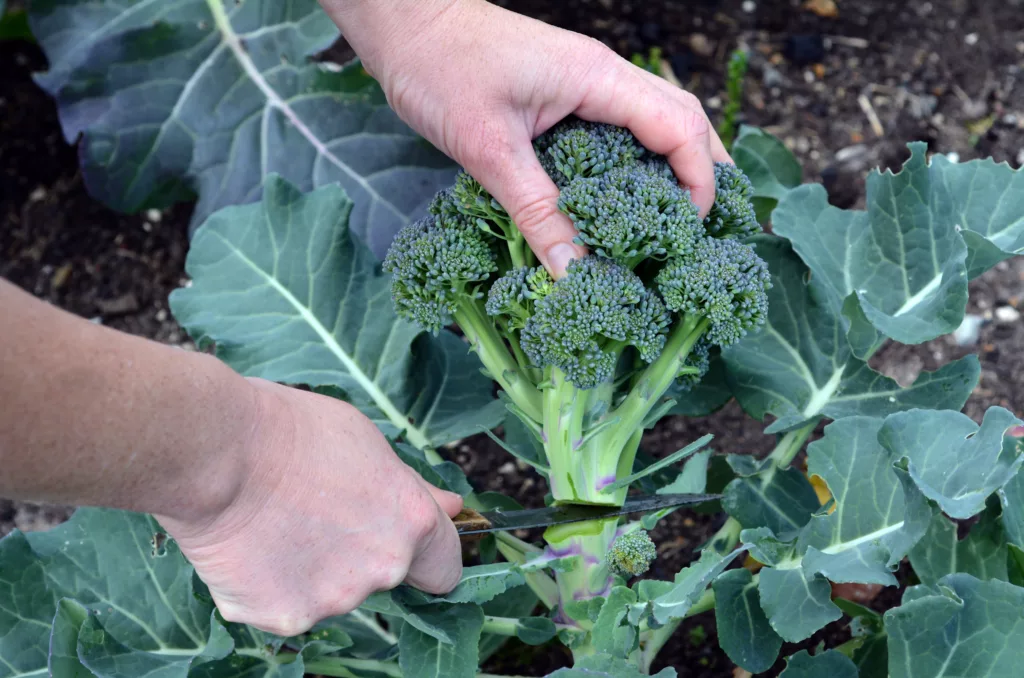
Conclusion
And there you have it, folks! Your guide for growing broccoli right in your backyard. It’s a fun and rewarding project that results in some seriously delicious veggies. So, why not give it a try? We can’t wait to hear about your broccoli-growing adventures!
Remember, gardening is a journey, not a destination. So, keep experimenting, keep learning, and most importantly, keep growing!
Resources
Growing Broccoli for Beginners, West Virginia University Extension


